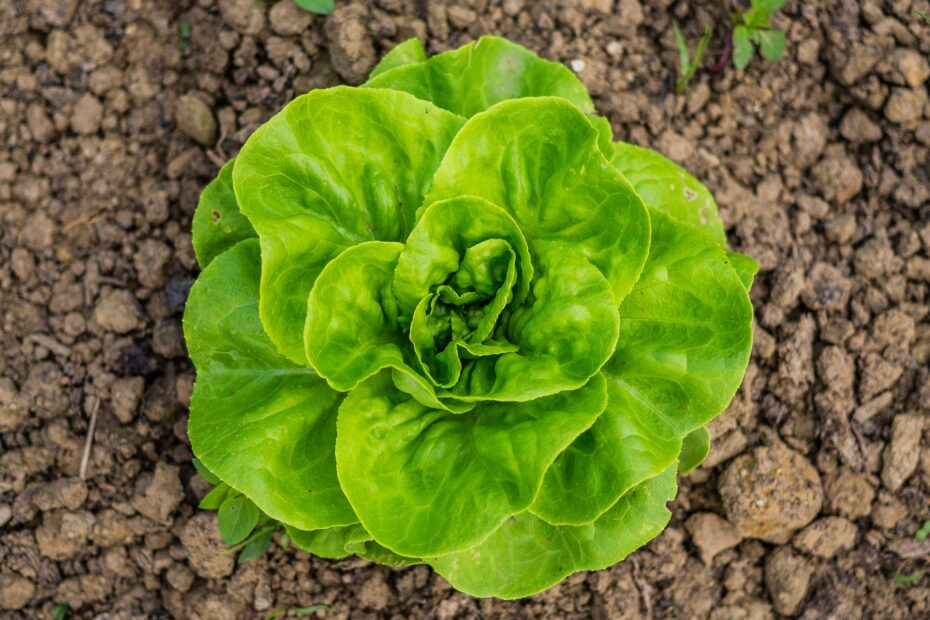Abstract: Recovery of nutrients from source-separated urine can truncate our dependency on synthetic fertilizers, contributing to more sustainable food production. Urine-derived fertilizers have been successfully applied in soilless cultures. However, little is known about the adaptation of the plant to the nutrient environment. This study investigated the impact of urine-derived fertilizers on plant performance and the root-associated bacterial community of hydroponically grown lettuce (Lactuca sativa L.). Shoot biomass, chlorophyll, phenolic, antioxidant, and mineral content were associated with shifts in the root-associated bacterial community structures. K-struvite, a high-performing urine-derived fertilizer, supported root-associated bacterial communities that overlapped most strongly with control NPK fertilizer. Contrarily, lettuce performed poorly with electrodialysis (ED) concentrate and hydrolyzed urine and hosted distinct root-associated bacterial communities. Comparing the identified operational taxonomic units (OTU) across the fertilizer conditions revealed strong correlations between specific bacterial genera and the plant physiological characteristics, salinity, and NO3−/NH4+ ratio. The root-associated bacterial community networks of K-struvite and NPK control fertilized plants displayed fewer nodes and node edges, suggesting that good plant growth performance does not require highly complex ecological interactions in hydroponic growth conditions.
Keywords: waste streams; source-separated urine; urine-derived fertilizer; organic fertilizer; nutrient cycling; soilless culture; plant holobiont; microbial community; rhizosphere; PGPR
Thijs Van Gerrewey 1,2, Christophe El-Nakhel 1,3, Stefania De Pascale 3, Jolien De Paepe 2, Peter Clauwaert 2, Frederiek-Maarten Kerckhof 2, Nico Boon 2 and Danny Geelen 1,*
1 Horticell Lab, Department of Plants and Crops, Ghent University, Coupure Links 653, B-9000 Gent, Belgium
2 Center for Microbial Ecology and Technology (CMET), Ghent University, Coupure Links 653, B-9000 Gent, Belgium
3 Department of Agricultural Sciences, University of Naples Federico II, 80055 Portici, Italy
* Correspondence: danny.geelen@ugent.be; Tel.: +32(0)92646076
